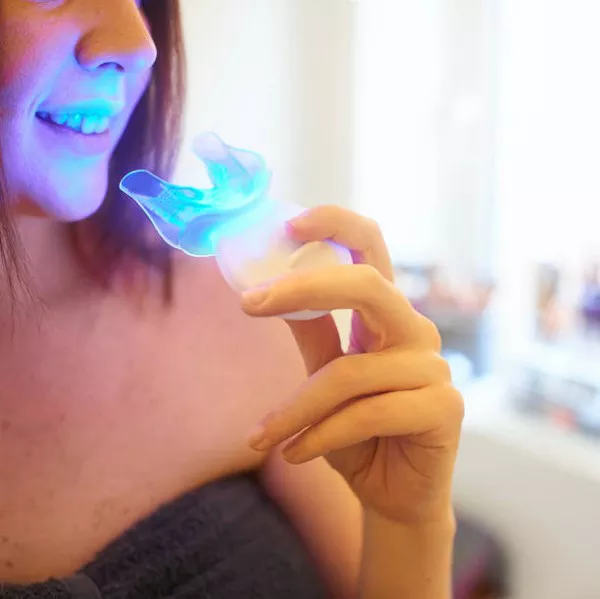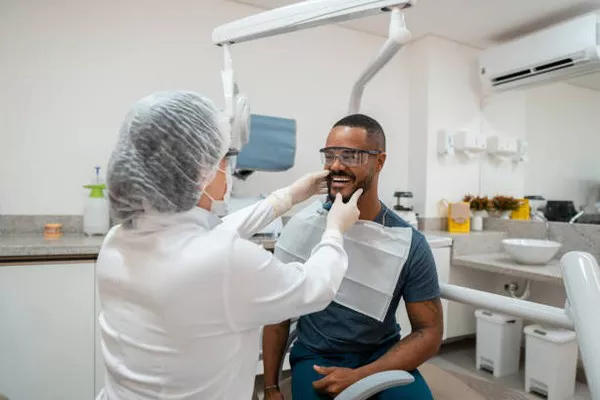One of the common concerns patients have is when and how to resume brushing their teeth after undergoing wisdom teeth removal. Proper oral hygiene is crucial during the recovery period to facilitate healing and prevent infections. Understanding the guidelines provided by your dentist and following them diligently can significantly contribute to a smooth recovery process.
Post-Extraction Instructions
Following Your Dentist’s Advice
Immediately after wisdom teeth removal, your dentist or oral surgeon will provide specific post-extraction instructions. These instructions are designed to promote healing and reduce the risk of complications. It’s essential to adhere to these guidelines meticulously to ensure a successful recovery.
Restrictions on Brushing and Rinsing
In the initial hours following the procedure, your dentist may advise against brushing or rinsing your mouth. This precaution is crucial to allow the blood clot to form and stabilize within the extraction site, which is essential for proper healing. Disrupting this clot prematurely can lead to a condition known as dry socket, characterized by intense pain and delayed healing.
Gentle Brushing
Importance of Gentle Care
While immediate brushing around the extraction site is discouraged, gentle oral hygiene practices are still encouraged for other areas of your mouth. Using a soft-bristled toothbrush and gentle strokes can help maintain cleanliness without disturbing the extraction site.
Warm Salt Water Rinse
To keep your mouth clean and aid in healing, your dentist may recommend rinsing with warm salt water multiple times a day. This solution helps to gently cleanse the mouth and soothe the gum tissues. Simply dissolve 1/4 teaspoon of salt in a glass of warm water and swish it around your mouth without vigorous swishing near the extraction site.
Avoiding the Extraction Site
Brushing Technique Around the Extraction Site
When it’s time to resume brushing, typically after the first 24 to 48 hours, it’s crucial to exercise caution around the extraction site. Direct contact with the brush bristles on the extraction site should be avoided initially. Instead, focus on gently cleaning the surrounding teeth and areas of the mouth.
Dislodging the Blood Clot
Even gentle brushing near the extraction site can dislodge the blood clot, which is essential for proper healing. Dislodging the clot can lead to complications such as dry socket, infection, or prolonged healing time. Therefore, it’s essential to proceed with caution and avoid direct pressure on the extraction site.
See Also: How Much Does A Dental Implant Cost In Hyderabad
Gradual Return to Normal Brushing
Timeline for Resuming Normal Brushing
As your healing progresses and under the guidance of your dentist, you can gradually return to your normal brushing routine. Start by gently brushing around the extraction site and gradually increase the pressure and duration as tolerated. Pay attention to any discomfort or bleeding, which may indicate that you need to continue with gentler techniques.
Listening to Your Body
Every patient heals differently, so it’s essential to listen to your body’s cues. If brushing causes significant discomfort or bleeding persists, revert to gentler techniques and consult your dentist if needed. Your dentist may recommend specific oral hygiene products or techniques tailored to your recovery progress.
Additional Oral Hygiene Tips
Supporting Oral Health During Recovery
In addition to brushing and rinsing, here are some additional tips to support oral hygiene after wisdom teeth removal:
Use of Water Flosser: If recommended by your dentist, a water flosser can help clean areas around the extraction site gently.
Diet Modifications: Stick to a soft diet for the first few days to avoid irritating the extraction site. Avoid hard, crunchy, or sticky foods that could disturb healing.
Avoid Tobacco and Alcohol: Both tobacco products and alcohol can interfere with the healing process and increase the risk of complications. It’s best to abstain from these substances until you have fully recovered.
Contact Your Dentist
If you experience any unusual symptoms such as severe pain, persistent bleeding, swelling, or fever, contact your dentist immediately. These symptoms may indicate complications that require prompt attention. Your dentist is there to support you throughout your recovery and ensure that any concerns are addressed promptly.
Conclusion
Proper oral hygiene plays a crucial role in the successful recovery after wisdom teeth removal. Following your dentist’s post-extraction instructions, including guidelines on brushing and oral care, is essential for promoting healing and preventing complications such as dry socket. While it’s natural to be cautious about brushing after oral surgery, taking gentle and deliberate steps will help you maintain oral hygiene effectively during your recovery period. By following these recommendations and staying in touch with your dentist as needed, you can ensure a smooth and comfortable healing process. Remember, your dentist is your best resource for personalized advice and support throughout your recovery journey.
You Might Be Interested In
































